Joseph Aoun: Transforming Education Through Technology and Innovation
Editor's Notes: "Joseph Aoun: Transforming Education Through Technology And Innovation" have published today. This is an important topic to read because it can help you understand how technology and innovation are transforming education.
Through our analysis and extensive research, we've summarized key takeaways from Joseph Aoun's work in the following guide. This can help you to understand the impact of technology on education and how it can be used to create more equitable and effective learning experiences.
Key Differences
| Traditional Education | Technology-Enhanced Education |
|---|---|
| Teacher-centered | Student-centered |
| Content-driven | Skill-based |
| Memorization-focused | Critical thinking-focused |
FAQ
This FAQ section provides detailed answers to frequently asked questions about Joseph Aoun's transformative approach to education through technology and innovation.
Question 1: How does technology enhance the learning experience?
Technology offers diverse tools and resources that personalize and enhance the learning process. Adaptive learning platforms cater to individual learning styles, while virtual reality simulations provide immersive experiences. Artificial intelligence (AI) and machine learning algorithms analyze data to identify areas for improvement and provide personalized feedback. These advancements empower students to take ownership of their learning journeys.

Instructional Technology | Anne Arundel County Public Schools - Source www.aacps.org
Question 2: What are the benefits of online education?
Online education expands accessibility to quality education, regardless of geographical location or time constraints. It offers flexibility, allowing students to learn at their own pace and schedule. Online platforms foster collaboration and peer-to-peer learning. Moreover, they provide access to a wider range of courses and specialized programs, enabling learners to tailor their education to their specific interests and career goals.
Question 3: Does technology replace the role of teachers?
Technology complements rather than replaces the role of teachers. It empowers teachers to focus on higher-order thinking skills, such as critical analysis and problem-solving. AI assistants can handle administrative tasks, grading, and provide personalized support to students. Collaboration between teachers and technology allows for a blended learning approach that leverages the strengths of both worlds.
Question 4: How does innovation foster creativity and critical thinking?
Innovation encourages learners to question, experiment, and find novel solutions. Design thinking methodologies and maker spaces foster creativity and problem-solving abilities. By embracing innovation, educators can nurture students' curiosity, imagination, and adaptability, equipping them with essential skills for the rapidly changing world.
Question 5: What is the future of education in the digital age?
Education in the digital age will continue to integrate technology and embrace innovative approaches. Personalized learning, adaptive content, and virtual reality simulations will become more prevalent. AI and machine learning will play a crucial role in enhancing student assessment, providing real-time feedback, and predicting future learning paths. Lifelong learning and upskilling will be essential to keep pace with the ever-evolving job market.
Question 6: How can we ensure equitable access to technology-enabled education?
Ensuring equitable access to technology-enabled education requires addressing digital divides and providing support to underprivileged communities. Access to affordable devices, reliable internet, and digital literacy training are crucial. Educational institutions and policymakers must collaborate to bridge the gap and empower all learners with the tools they need to succeed in the digital age.
Joseph Aoun's vision for transforming education through technology and innovation empowers learners with personalized experiences, expands educational opportunities, and fosters creativity and critical thinking. By embracing innovation and addressing equity concerns, we can create a future where technology enhances the learning process for all.
Tips
Technological integration in education is a transformative strategy that fosters innovation and enhances learning experiences. According to Joseph Aoun: Transforming Education Through Technology And Innovation, here are five key tips for leveraging technology to transform education:
Tip 1: Harness technology to personalize learning.
Technology empowers educators to tailor instruction to individual student needs, interests, and learning styles. By utilizing adaptive learning platforms and personalized content, students can engage with the curriculum at their own pace, focus on areas where they require additional support, and delve deeper into topics that ignite their passions.
Tip 2: Promote collaboration and peer learning.
Technology facilitates collaboration between students and educators, fostering a dynamic learning environment. Utilize online discussion forums, group projects, and collaborative tools to encourage students to share ideas, provide feedback, and learn from each other's perspectives.
Tip 3: Integrate real-world experiences.
Technology offers opportunities to connect students with the real world. Implement virtual field trips, simulations, and industry partnerships to provide hands-on experiences that enhance their understanding of abstract concepts and prepare them for future careers.
Tip 4: Foster creativity and innovation.
Technology encourages creativity and innovation by providing access to digital tools and resources. Encourage students to use coding, design software, and multimedia platforms to express their ideas, solve problems, and create innovative solutions.
Tip 5: Prepare students for the digital workforce.
Technology literacy is crucial in today's job market. Integrate technology into the curriculum to equip students with the digital skills, such as data analysis, coding, and digital communication, that are in high demand.
Joseph Aoun: Transforming Education Through Technology And Innovation
Dr. Joseph Aoun's tenure as the President of Northeastern University since 2006 has been marked by a bold and transformative vision for education, emphasizing the integration of technology and innovation to prepare students for the 21st-century workforce. At the core of his approach lie six key aspects:
- Experiential Learning: Emphasizing hands-on experiences, internships, and co-ops to bridge the gap between theory and practice.
- Interdisciplinary Education: Encouraging collaboration across disciplines to foster problem-solving abilities and adaptability.
- Global Perspective: Providing opportunities for international experiences and partnerships to develop a global mindset.
- Entrepreneurship and Innovation: Cultivating a culture of innovation and entrepreneurial thinking through programs and resources.
- Data-Driven Decisions: Utilizing data analytics to improve decision-making, personalize learning, and measure student outcomes.
- Technology-Enabled Education: Leveraging technology to enhance teaching, learning, and collaboration, promoting accessibility and scalability.

From Academia to Army, an Interview with General Joseph Aoun | LAU - Source magazine.lau.edu.lb
These aspects are interconnected and mutually reinforcing. For instance, experiential learning in the form of co-ops allows students to gain practical skills while developing their global perspective through international partnerships. Data-driven decisions inform the design of interdisciplinary programs, while technology-enabled education facilitates personalized learning and fosters entrepreneurship. By integrating these elements, Dr. Aoun has established Northeastern as a leader in innovative and transformative higher education.
Joseph Aoun: Transforming Education Through Technology And Innovation
Joseph Aoun's vision for transforming education through technology and innovation has had a profound impact on the field. His emphasis on interdisciplinary learning, experiential education, and the use of technology to enhance student engagement has led to significant improvements in student outcomes. Aoun's work has also helped to foster a more collaborative and innovative environment in higher education. As a result, his efforts have helped to create a more dynamic and responsive educational system that is better prepared to meet the needs of the 21st-century workforce.

Instructional Technology | Anne Arundel County Public Schools - Source www.aacps.org
One of the most important aspects of Aoun's work is his focus on experiential learning. He believes that students learn best by doing, and he has developed a number of innovative programs that allow students to apply their knowledge in real-world settings. For example, the University of Southern California's Viterbi School of Engineering has created a number of "living labs" where students can work on real-world engineering projects. These labs give students the opportunity to gain hands-on experience and to develop the skills they need to be successful in the workplace.
Aoun is also a strong advocate for interdisciplinary learning. He believes that students need to be able to think critically and solve problems from a variety of perspectives. To this end, he has created a number of programs that bring together students from different disciplines to work on common projects. For example, the USC Dornsife College of Letters, Arts and Sciences has created a "Grand Challenges" program that brings together students from a variety of disciplines to work on complex problems such as climate change and poverty.
Aoun's work has had a major impact on education around the world. His emphasis on experiential learning, interdisciplinary learning, and the use of technology has helped to create a more dynamic and responsive educational system that is better prepared to meet the needs of the 21st-century workforce.
| Key Insight | Practical Significance |
|---|---|
| Experiential learning is essential for student success. | Programs that provide students with hands-on experience can help them to develop the skills they need to be successful in the workplace. |
| Interdisciplinary learning is essential for problem-solving. | Programs that bring together students from different disciplines can help them to develop the critical thinking skills they need to solve complex problems. |
| Technology can be used to enhance student engagement and learning. | Programs that use technology to create interactive and engaging learning experiences can help students to learn more effectively. |